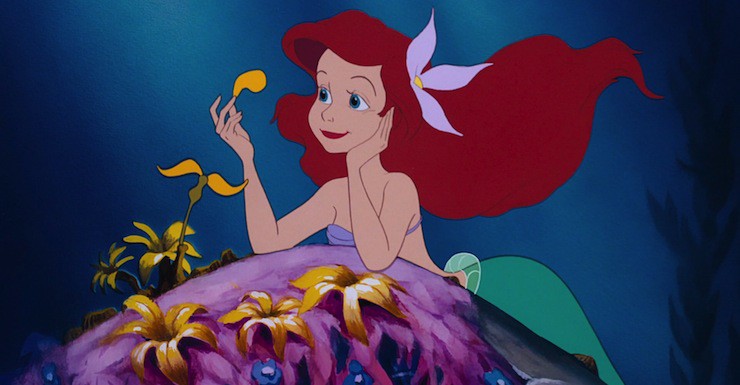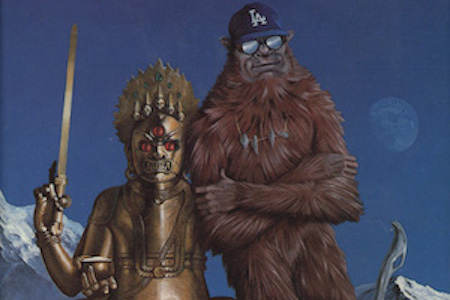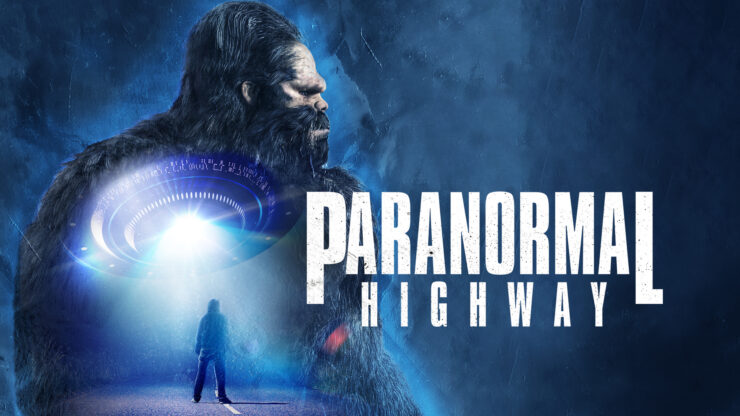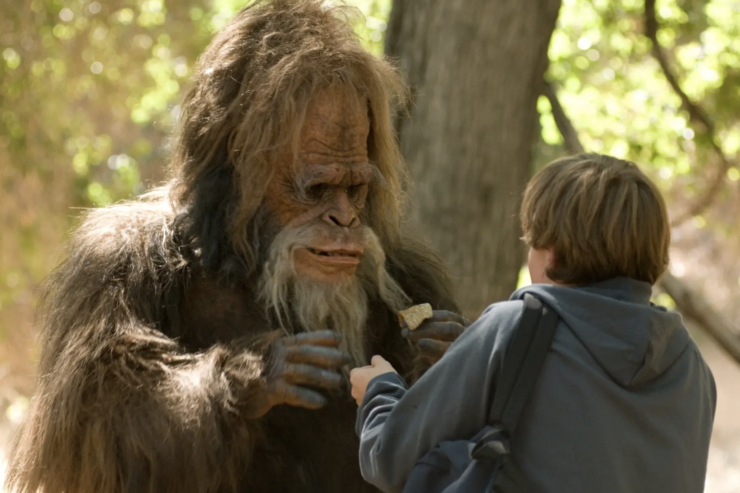I’m a bit skeptical about the recent Disney trend toward rebooting animated classics as live-action films. I understand that CGI and effects have advanced tremendously, and the animated versions have been around for a generation or two or even three. The older ones can use some serious updating, culturally as well as technically. Still, they are favorites, and it’s hard to accept a new take on what one’s loved for, like, forever. Which in the case of The Little Mermaid, is long enough that good lord, it can’t be that old. 1989!
To further muddy the waters, the live-action version got caught in the middle of the latest round of culture wars. Even before it was released, the announcement that the role of Ariel had been cast with a Black actress caused no end of furor.
If anything, that made me more interested in it rather than less…
Disney has its faults, and they are legion, but it has made a concerted effort over the years to diversify its properties. They’ve taken to heart the dictum that representation matters. They’ve also moved to “age up” the live versions, aiming them at an older audience, with a more complex story as well as more elaborate effects.
Animated Ariel is a fairly straightforward creature. Pretty redheaded White girl with streamlined green fish’s tail, and a little frill at the join, implying a sort of tutu. The standard shell bra one gets used to seeing in mermaids. (So… they nurse their young?)
She has six sisters (one more than in the Andersen story), and they all have names beginning with A. Her father now has a name as well, King Triton, and he carries a trident, which seems to contain much of his power. The sea witch is named Ursula, and she is a very bad creature—a classic Disney Villain, right up there with Maleficent and Cruella de Vil.
The prince’s name is Eric. He has a bit of backstory now, and his own set of sidekicks to go with Ariel’s loyal fish companion, her father’s spy/guardian crab, and her wisecracking seagull friend: Eric has an elderly manservant/parental spy, and and Old English Sheepdog named Max. (So that’s where the sheepdog in Song of the Sea comes from—he just doesn’t make sense in an Irish lighthouse otherwise).

Live-action Ariel follows the plot of the animated film fairly closely, but she’s a much more detailed creature than animated Ariel. Her tail is a beautiful thing, multicolored and multi-frilled. Her bra seems to be part of her body, especially if you look at her sisters; it’s scaled like her tail, and seems to grow out of it. In short—more fish, somewhat less human.
Her six sisters are equally elaborate creations. They’re widely varied as to ethnicity, matching the ethnicities of the humans whose lands border the seas they represent. They have something resembling personalities, and appear to have lives of their own, though not nearly as much as the sisters of the Czech film—those have husbands and children, arranged for them in proper royal fashion.
I do wonder if they all have different mothers. Otherwise they make very little genetic sense as offspring of Javier Bardem’s King Triton. This is a fantasy, but still.
Prince Eric here gets the first scene, with a large and boisterous crew on his trading ship, one of whom is determined to harpoon any mermaid he may imagine he sees. Humans of Eric’s kingdom, including its Queen, hate and fear the sea and its gods and the creatures who live in it, but Eric has a different view. Like animated Ariel, he is fascinated rather than repelled. He doesn’t want to kill them.
Live-action Ariel is enthralled by what she sees of human flotsam under the sea: artifacts from shipwrecks, which she has collected in a secret cave. Unlike animated Ariel, she has never breached the surface. Her father has forbidden it, after her mother was killed by a human—as the sailor on Eric’s ship tries to do in the opening scene. It’s a very big deal when she disobeys her father and comes up to see Eric’s birthday fireworks, and falls instantly in love with him.
She still has her entourage of critters: fish, crab, and since she’s been confined to the world under the sea, the bird, Scuttle, is now a gannet, a diving bird that can stay underwater for several minutes a time. A gull can’t do that.
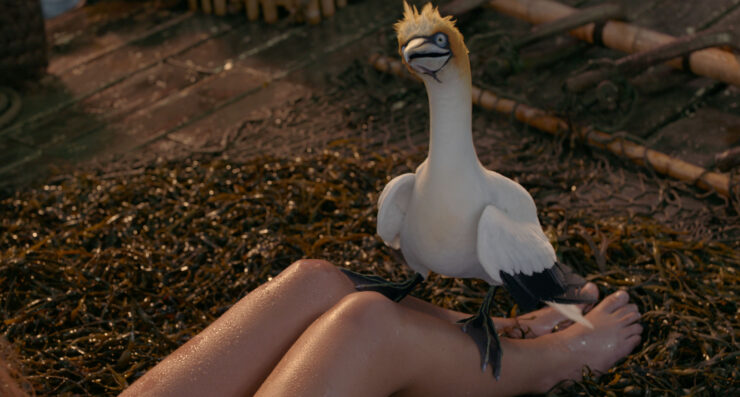
Eric for his part has a quite lovely gentleman’s gentleman, much nicer than the animated version, and a charming floofy sheepdog. His kingdom is an island with real-world financial and political problems, and he is a foundling, adopted by the King and Queen—which explains why, as played by Jonah Hauer-King, he looks like Adam Sandler’s cuter younger brother, and the Queen is the wonderful Noma Dumezweni.
We’re well into fantasy worldbuilding territory now, with names, backgrounds, and spectacular setting and visual effects. We’re also in modern fantasy plotting territory. Andersen’s sea witch takes the Little Mermaid’s voice and effectively her life basically because she’s a witch and that’s what witches do. They work terrible spells and exact terrible prices.
Disney’s sea witch is a patented fantasy villain. Her name is Ursula, she has a bad case of sibling rivalry with her brother Triton, and she’s been exiled for bad behavior. She plots not only to escape from her prison, but also to take over Triton’s kingdom.
Ariel’s fascination with humans plays right into her tentacles. Ursula lures her in, pretends sweet sympathy, and strikes a different bargain than the original witch. She takes Ariel’s voice, but magics it into a necklace and keeps it. Ariel gets three days to convince the prince to kiss her—but not just any kiss. True love’s kiss: the Disney special, as seen in everything from Snow White to Enchanted. If she fails, she turns back into a mermaid and, as Ursula cackles, “You belong to me!”
Animated Ariel doesn’t suffer much past the loss of her voice. Live-action Ariel offers a real-world explanation for the pain that the original suffers when transformed into a human: the constriction of a corset and the agony of fashionable shoes. To further make things interesting, Ursula takes away Ariel’s memory of the bargain; she doesn’t know she has to get that kiss. Because Ursula is evil, you see. Ursula cheats.
But Ariel’s sidekicks come to the rescue. They do their best to get the shy prince to “Kiss the Girl.” They almost succeed—but Ursula isn’t having that. She doubles down hard.
She shows up in the form of a pretty young girl with Ariel’s voice. Eric is literally enthralled. He’s all set to marry her, and Ariel is doomed to be a mermaid and belong to Ursula.

But! Her father saves her! What Ursula really wants is his trident. He sacrifices it, and himself, to save Ariel. It’s too late for her human form; she’s a mermaid again. The humans now know the truth of what she is, and Eric is freed from the spell.
Their love is true. Eric loves her as a mermaid as well as a human.
Ariel goes to her father’s rescue. So does Eric, as ineffectual as he is in the sea. It’s the spirit that counts.
There’s a great deal of howling and splashing and surging and flashing of the trident. While Eric distracts Ursula, Ariel kills her. Then her father is restored to life, and Ariel gives him back his trident.
In the live-action version, Triton is reconstituted and it’s all good, but it misses a touch that makes the animated version more poignant. All of the horrible creatures on the path to Ursula’s lair transform into merpeople. She’s been systematically destroying them. Ariel has saved them all.
Buy the Book
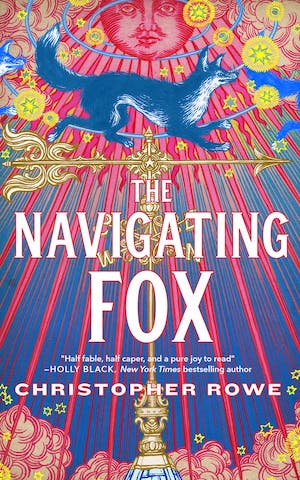

The Navigating Fox
I suppose that was too much to ask of the CGI budget, but the live-action version loses something by it. We do get to see a whole crowd of merfolk at the end, mixed in with the humans in boats and on shore, when we’re treated to the Disney-princess Happy Ever After.
Animated Ariel gets turned back into a human by her father, a great sacrifice for a fond parent to make, and sails off on Eric’s ship. Live-action Ariel gets the same treatment, but with extra moral fiber. She and Eric are headed into “uncharted waters,” to explore the world and, somehow, save it.
It’s very much a romance, with no question of souls or the difference between the lives and deaths of merfolk and humans. Ariel falls in love, she has to have him, she gives up everything to get him. Just when she thinks she’s lost it all, Daddy makes sure she gets what she wants. It’s not even that great a sacrifice for her to be human; in fact she promises in the live-action version to see everybody on the next Coral Moon. (Does she get turned back into a mermaid for the occasion? Does everyone come up the surface to visit Ariel’s ship?)
The biggest loser is Ursula. She has no redeeming features. She’s pure evil ambitious villain. She does awful things to both Ariel and Triton. She lies, she cheats, she steals.
And yet she’s magnificent. In both animated and live versions, she’s the one merperson whose nonhuman half is a cephalopod. She’s splendid, gleaming, glittering, tentacled wonder. (Six tentacles, i.e. squid, rather than eight, which would be an octopus.) Apparently her animated version was based on the drag queen Divine—and truly, in both versions, she is.
Count me in Team Ursula. The merpeople are nice and the humans do try, but Ursula has style. I have heard rumors she’ll be getting her own story a la Maleficent. I do hope so.
Judith Tarr is a lifelong horse person. She supports her habit by writing works of fantasy and science fiction as well as historical novels, many of which have been published as ebooks. She’s written a primer for writers who want to write about horses: Writing Horses: The Fine Art of Getting It Right. She lives near Tucson, Arizona with a herd of Lipizzans, a clowder of cats, and a blue-eyed dog.










